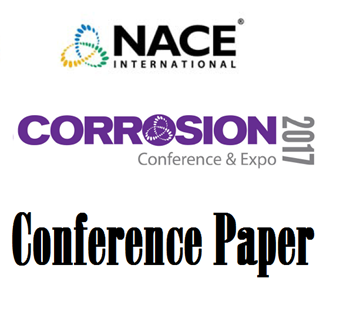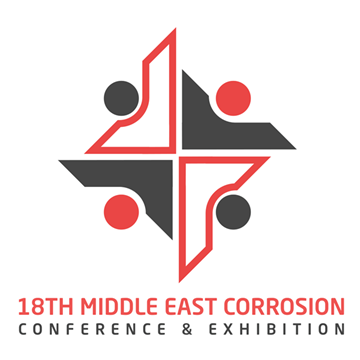Search
Products tagged with 'durability'
View as
Sort by
Display
per page
Technology Advancements for Electrochemical Protection Systems of Reinforced Concrete Structures, Across Australia
Product Number:
51323-18881-SG
Publication Date:
2023
$20.00
Technology from Outter Space to Earth: Silicones as Protective Coatings
Product Number:
41214-864-SG
Publication Date:
2014
$20.00
Two Coat Inorganic Coatings System for Corrosion Resistance and Long-Life
Product Number:
51324-21092-SG
Publication Date:
2024
$40.00
Ultra Tolerant Coating Technology: The 15 Years Path From Maintenance to New Construction
Product Number:
51317--9235-SG
ISBN:
9235 2017 CP
Publication Date:
2017
$20.00
Use of Nonmetallic Materials to Improve Construction Productivity and Sustainability of Infrastructure
Product Number:
MECC23-20037-SG
Publication Date:
2023
$20.00




